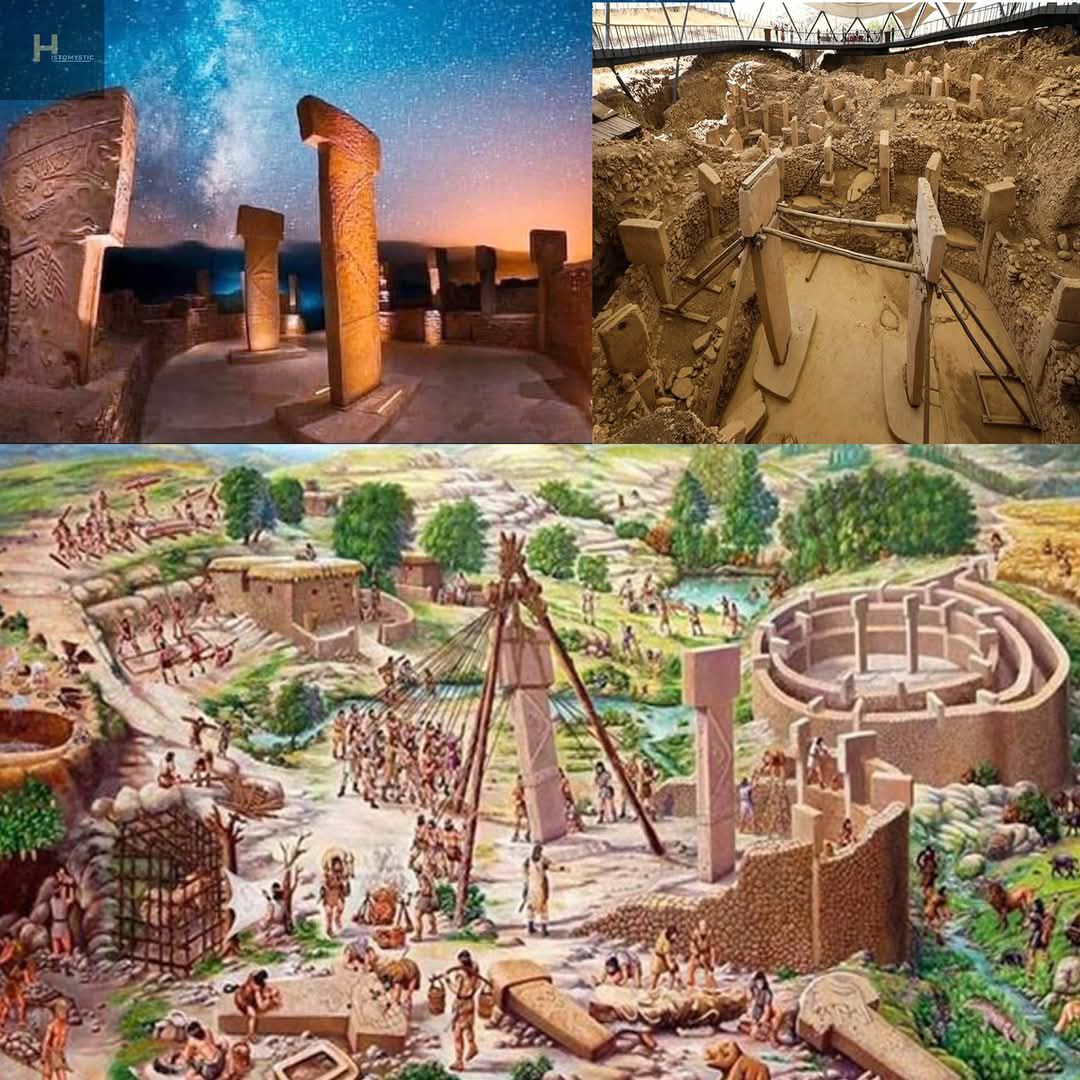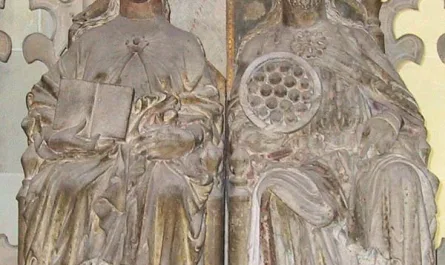Göbeklitepe, a massive archaeological site dating back to 9,500 BC in present-day Turkey, has transformed our understanding of history and how neolithic people lived.

Known as the world’s oldest temple complex, Göbeklitepe is located in the southern Anatolian region of Turkey. The ancient site has taught archaeologists that human societies had built advanced spiritual structures much earlier than previously thought. Predating the advent of agriculture, it is an archaeological gold mine that has rewritten the history of humanity.
The ancient marvel of Göbeklitepe, Turkey
Göbeklitepe dates back approximately 11,500 years, and is composed of religious structures. Until recently, archaeologists did not think that structures of this kind had been built so far back in human history.
Researchers working at the site found significant evidence that points to the existence of a hunter-gatherer society that was extremely sophisticated and included ‘civilizational’ aspects such as art, architecture, and religious rituals and practices.
Ian Hodder, a British archaeologist who has researched Göbeklitepe extensively over the past 25 years, states that the site has reshaped our understanding of human history.
“I believe Göbeklitepe has changed the story of human society’s origins,” he said. “What you see at Göbeklitepe is a very complex society, with elaborate rituals and art, produced by people who were not fully agricultural and were still, in many ways, hunter-gatherers. It upends some of the evolutionary assumptions archaeologists have always had.”
Less than 10 percent of Göbeklitepe, a UNESCO World Heritage Site, has been uncovered so far. It extends for about 120 miles (193 km) towards a plateau and has captivated many, including Graham Hancock, creator of the controversial Netflix series “Ancient Apocalypse.”
Hancock’s claims of a lost civilization
Hancock believes that the Turkish site belonged to the Naftunian civilization, which dates back to 9000 BC. This society was comprised of hunter-gatherers who hunted down animals in the area and ate the wild grains that surrounded them.
“In 2015, deploying architectural formal analysis to study the relationships between different construction elements, Haklay and Gopher undertook a close investigation of one of Ein Mallaha’s largest buildings, Shelter 51,” said Hancock on his website.
“Dated to the Early Natufian around 14,300 years ago, this structure has a number of peculiar and eye-catching characteristics, in addition to its rarity as an early example of stone architecture, that seems—to my eyes at any rate—to be out of place in time.”
“Amongst these characteristics, the most notable […] is clear evidence of the use of geometry and a pre-prepared ground plan,” he continued, explaining that this “distinguish[es] Shelter 51 from earlier structures that have been claimed as predecessors dating as far back as the early Epipalaeolithic (around 20,000 years ago).”
Hancock suggests that Göbeklitepe is a mixture of both ancient civilizations which includes elements from a society more advanced than we thought, and technology and knowledge transferred from another, lost civilization.
While Hancock’s claims have yet to be proven, there is a tantalising possibility that he may be proved right, as more of the incredible archaeological site of Göbeklitepe is discovered.





